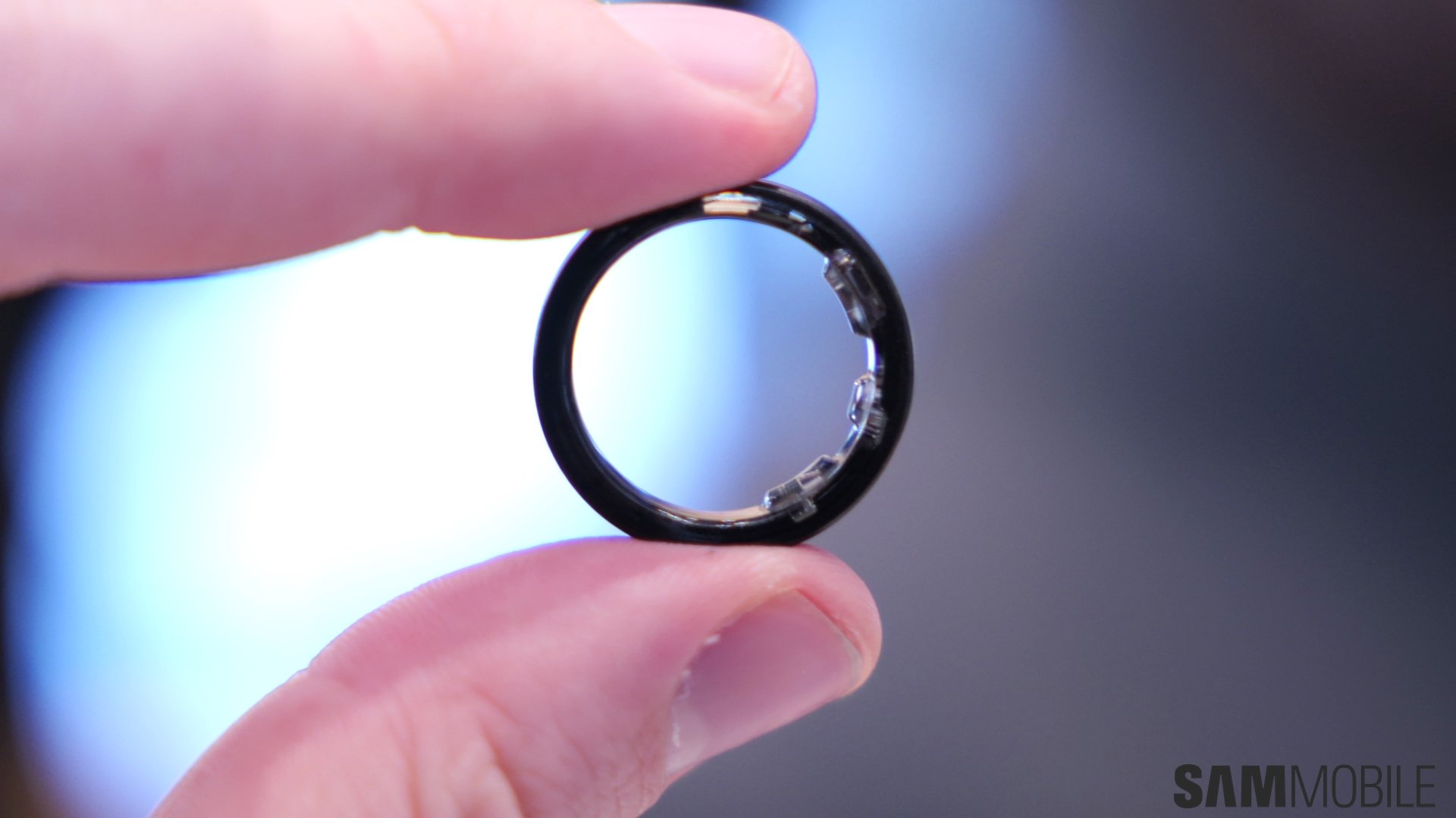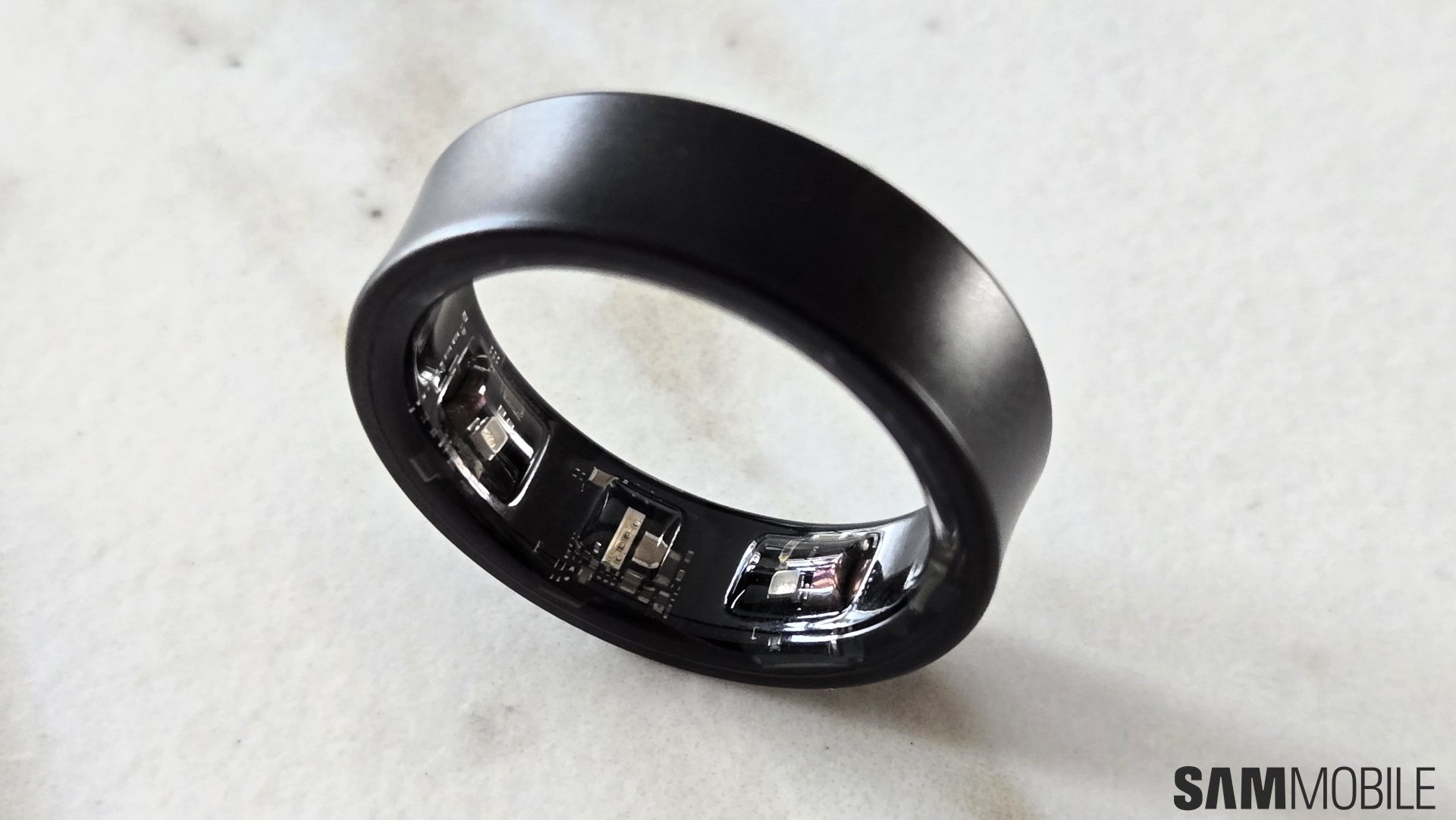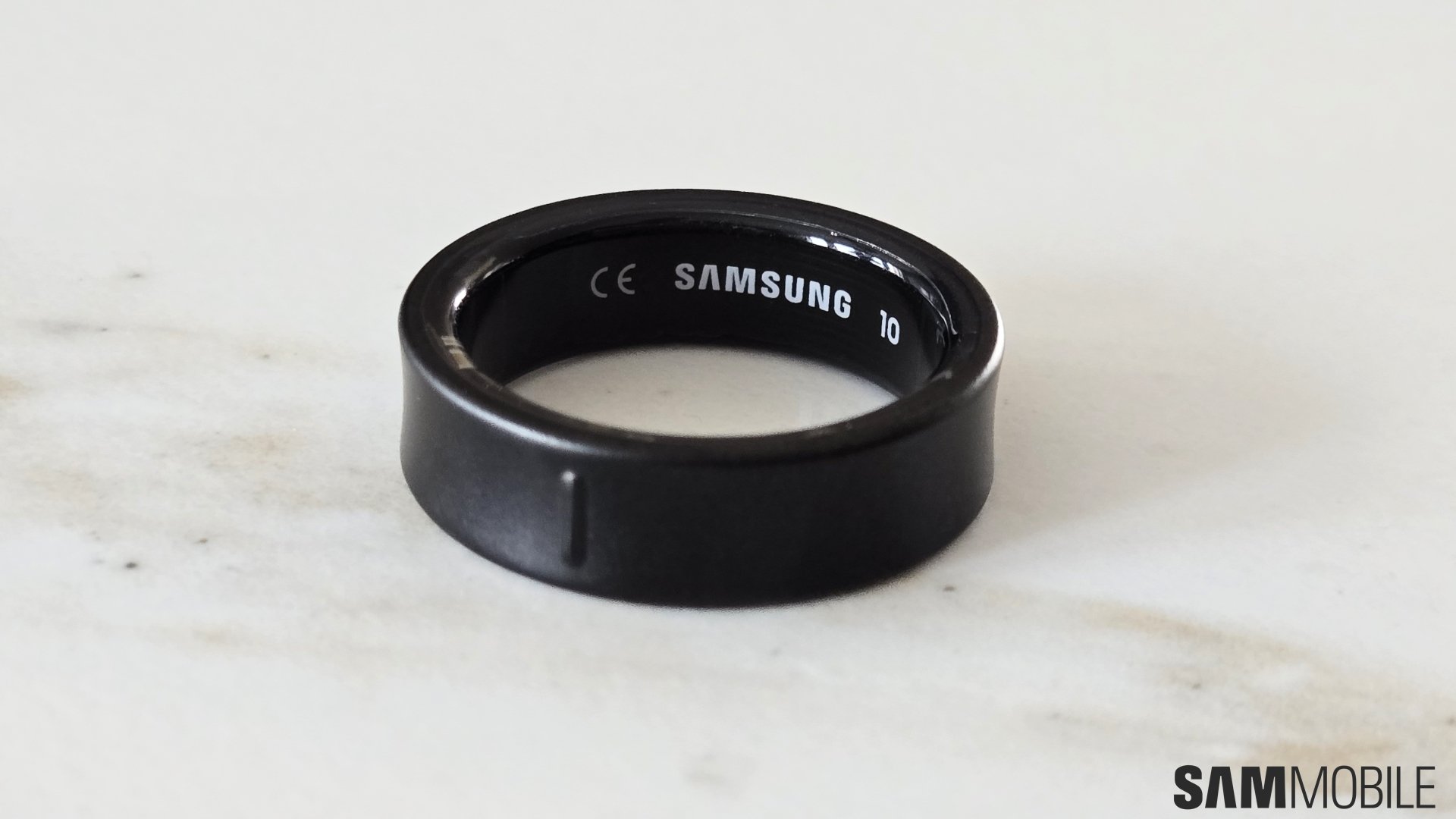
The Galaxy Ring has a titanium outer band with an exquisite matte black, gold, or silver coating. It sounds good, but as you may have heard, the Galaxy Ring doesn't come without caveats. And for the most part, these caveats pertain to the wearable's strength and appearance.
An official support page says straight away that “nicks and scratches can occur […] even during everyday activities.” You should expect that from an object you're supposed to wear around your finger, but I have to wonder just how prone to scratching the Galaxy Ring is — mainly because it's not easy to apply a coating onto titanium.
Samsung also says you should avoid wearing metal rings on the same or adjacent fingers to the Galaxy Ring, which further fuels my suspicions that Samsung's new wearable might be tough on the inside but have a very vulnerable exterior finish. Titanium is resilient, but the Galaxy Ring doesn't have raw titanium shining through. The material has a gold, silver, or black coating that I fear might be too vulnerable.
I hope titanium was the right choice
Titanium and color coatings don't go together all that well, albeit device manufacturers have made progress in this area, and they've come up with new ways to apply color coatings to titanium elements. We've seen plenty of photos showing scuffed iPhone 15 Pro titanium frames, but the Galaxy S24 Ultra's titanium frame appears to be doing better in this area.
Samsung also cleverly gave the Galaxy Ring a concave shape, presumably to minimize the Ring's exposed surface area and to further lower the chance of blemishes. It's a smart design.
Nevertheless, the Galaxy Ring isn't worn on your wrist or in a pocket. We're talking about a device you'll wear on your finger, and it will be impossible to keep it from making contact with different objects in your environment.
And even though any ring is prone to scratches, the key difference is that most normal rings don't have a paint finish. Their raw material — whether it's gold, silver, or something else — is polished, and that gives them their final look. With time, scratches may even add an interesting patina to regular rings.
The Galaxy Ring is fundamentally different. The titanium casing may have high durability against bending and cracking, but I have to wonder if the gold, silver, and matte black coatings will stand the test of time or start chipping away far too soon. We've already seen some nicks and scratches on demo Ring units at Unpacked, and that doesn't fill me with confidence.
The story continues after the video
I know titanium sounds fancy, and it is a durable material, but I wonder if the Galaxy Ring would have been better off if it had an outer band made from humbler materials like surgical steel or Armor Aluminum left unpainted. Armor Aluminum is the name Samsung gives to the aluminum material it uses for the frame of its high-end phones.
I would have loved to see the different Galaxy Ring designs achieved through clever polishing techniques on raw materials instead of applying different colored coatings to a titanium band.
I hope Samsung and the Galaxy Ring will prove my doubts wrong and that the Ring is more durable and less prone to scratches than I think it might be. For now, there's no way to tell.














